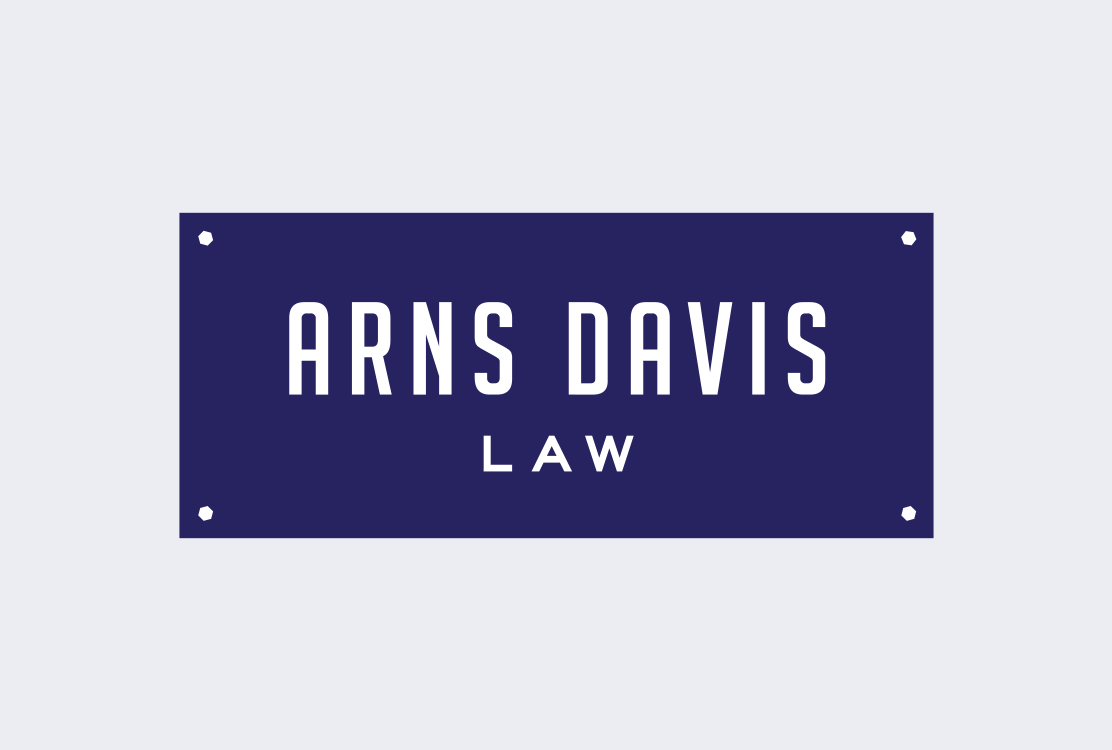Dynamex Could Mean a Win for Workers
Imagine owning a business in a competitive market. You are looking for any possible advantage. If there were a way to immediately cut overhead by as much as 40% without reducing your productivity, you would likely do it without question.[1]
Now imagine working as an operations-level employee for a single employer for years. One day you go to work to find all employee benefits are gone. You are no longer guaranteed minimum wage, overtime, or workers’ compensation insurance coverage for on-the-job injuries. You would be in the same situation as the plaintiffs and 1,800 other delivery drivers in Dynamex Operations West, Inc. v. Super Court, who found themselves reclassified as independent contractors with the stroke of their employer’s pen in 2004.[2]
Classifying a worker as an independent contractor is not illegal per se. But classifying a worker who is rightfully an employee as an independent contractor to avoid the costs and responsibilities of the employment relationship, or an “independent contractor subterfuge,” violates worker’s rights under the Labor Code.
What is the test for determining whether an employer is misclassifying a worker? This was a settled question for much of the last 30 years. The California Supreme Court may change the answer to this question when it announces its holding in Dynamex.
Three Possible Outcomes
The Court will rule in one of three ways: employee status will be determined under either the 2-tier test from the 1989 case S.G. Borello & Sons, Inc. v. Department of Industrial Relations [3] which first considers the general question of control then considers a non-exhaustive list of eight other factors; or the 3-pronged test from the 2010 case Martinez v. Combs [4] which considers three alternative definitions of “employee”; or an entirely new test, likely combining elements of both Borello and Martinez.
The Borello 2-Tier Independent Contractor Test
The most influential California Supreme Court case on this question for the last three decades has been Borello. There are two components to this test – a “primary test” and a series of “secondary considerations.” The primary test is whether the alleged employer has the right to control the manner and means of accomplishing the desired result. The secondary considerations mentioned in the Borello opinion, which were explicitly not exhaustive, include eight inquiries:
- Whether the one performing services is engaged in a distinct occupation or business
- The kind of occupation and whether the work is usually done under another’s direction or without supervision;
- The skill required in the particular occupation;
- Whether the principal or the worker supplies the instrumentalities, tools, and the place of work for the person doing the work;
- The length of time for which the services are to be performed;
- The method of payment, whether by the time or by the job;
- Whether the work is a part of the regular business of the principal; and
- Whether the parties believe they are creating an employer-employee relationship
Since 1989, this 2-tier test has been the primary inquiry in California used to analyze whether a worker is an independent contractor or an employee.
The Martinez v. Combs 3-Alternative Joint Employment Test
In 2010, the California Supreme Court created a corollary to Borello. The case of Martinez v. Combs was not about independent contractor misclassification; it was about the different but related issue of “joint employment.” The joint employment situation often arises when one company, a “hirer” outsources its labor needs to another company, a “contractor.” The opinion analyzed the facts under the statutory framework of the Industrial Welfare Commission’s Wage Orders and ruled there are three alternative definitions of an “employer”:
- Control over wages, hours, or working conditions.
- Knowledge of the violation and failed to prevent it.
- Creating a common law employment relationship.
The California Supreme Court is now deliberating on this question: can independent contractor misclassification be analyzed under the Martinez test instead of the Borello test?
Key Difference Between Borello and Martinez
The factors analyzed in the Martinez test and those of the Borello test overlap, but there are some important differences. To begin with, Borello considers the subjective belief of the parties regarding their relationship. Martinez ignores what the parties believe and relies exclusively on a set of limited factual and circumstantial tests. Also missing from the Martinez test are the secondary considerations of the Borello test that give repeated consideration to the nature of the occupation in question.
The 3-alternative test in Martinez also includes a number of factors absent from the Borello test. For example, Borello gives no express weight to control over work hours or wages (the method of payment and the length of engagement are both considered, but control over wages or hours is unmentioned). A hirer of a worker misclassified as an independent contractor is likely to have total control over the worker’s pay rate and hours. In the joint employment context, however, there is an intermediary company (and sometimes multiple intermediary companies) between the hirer and the worker. Thus, a court analyzing a plaintiff worker’s status under Martinez is more likely to find employee status than a court analyzing the same case under Borello, where these points are not necessarily analyzed.
Conclusion
Regardless of the outcome, attorneys in the employment field should keep close tabs on Dynamex as it will likely shape the employment status landscape for years to come.
References
1. Bulut, Koray, “How Uber And Other On-Demand Startups Can Protect Themselves From Worker Lawsuits” Forbes (Sept. 28, 2015). 2. Dynamex Operations West, Inc. v. Super Ct., Case No. S222732 (reviewing Dynamex Operations West, Inc. v. Super Ct. (2014) Cal.App.4th 718). 3. S.G. Borello & Sons, Inc. v. Dep’t of Indus. Rels. (1989) 48 Cal.3d 341. 4. Martinez v. Combs (2010) 49 Cal.4th 35.
